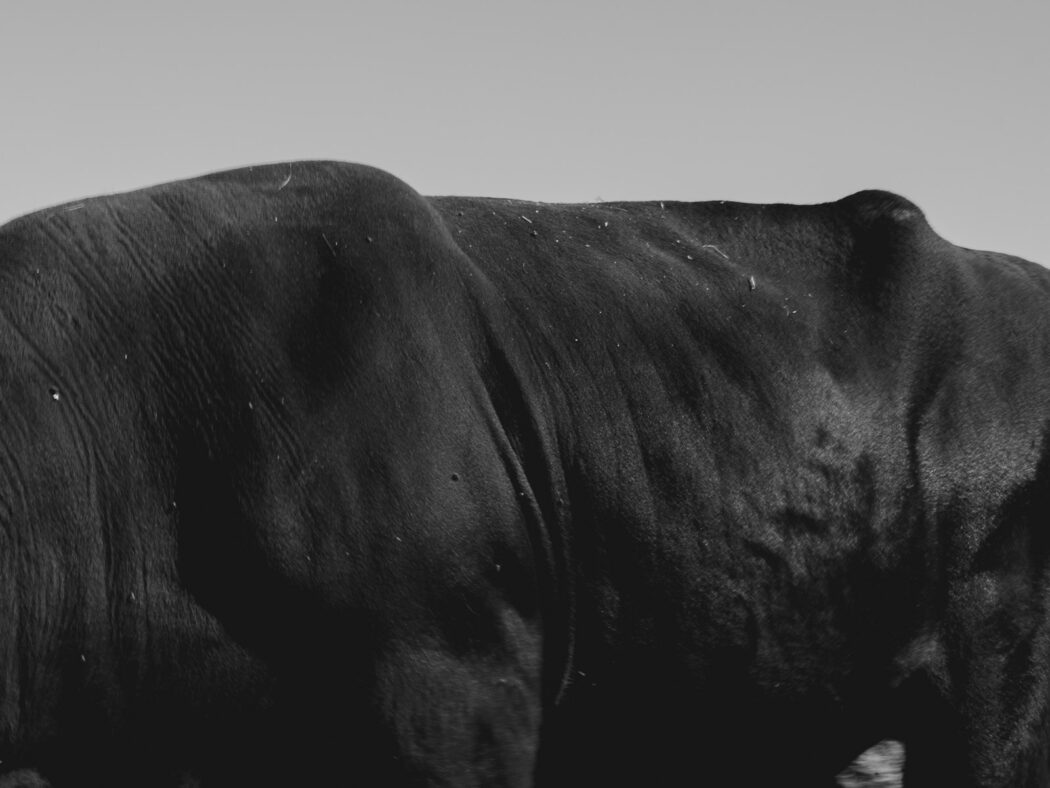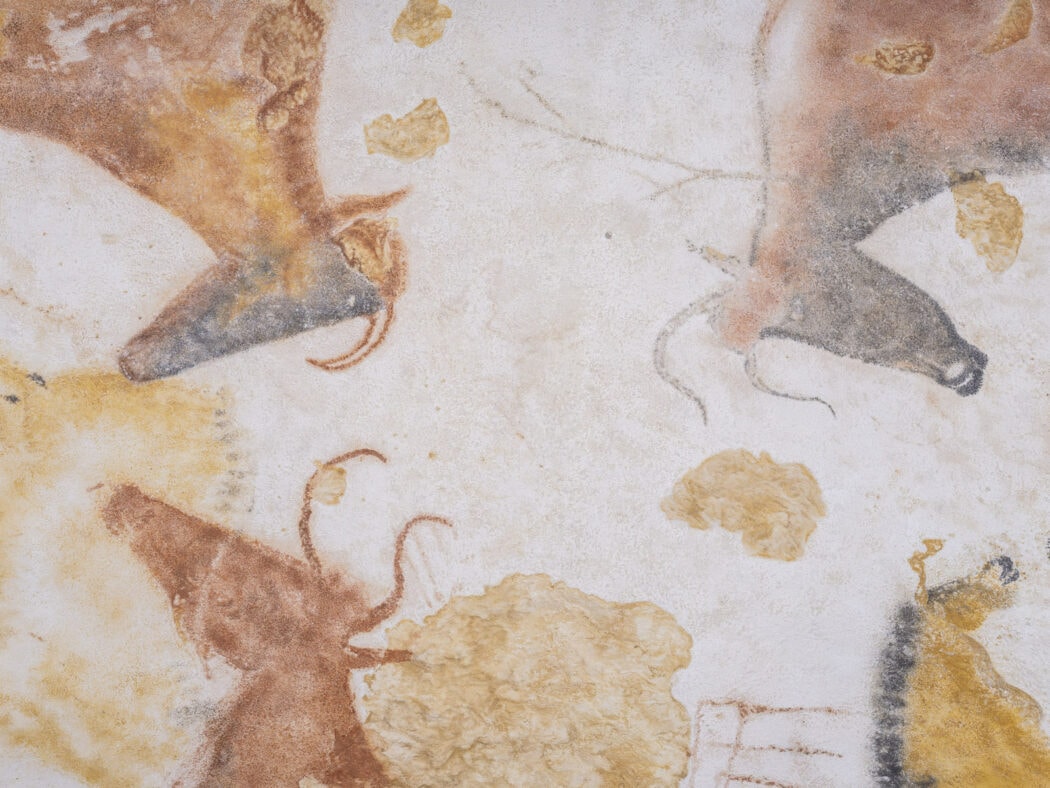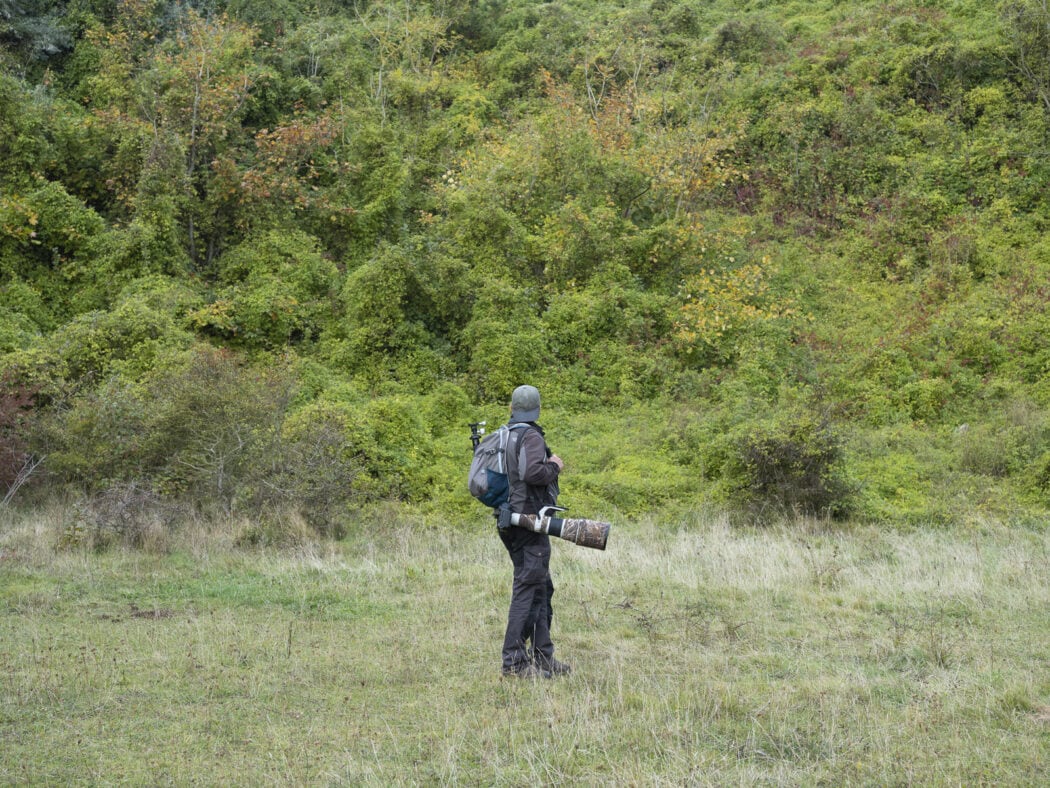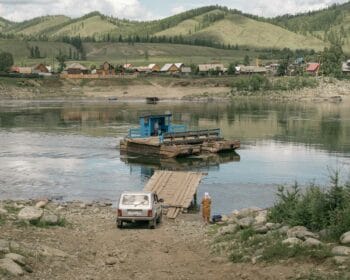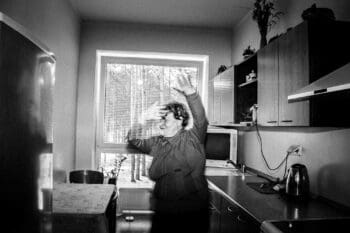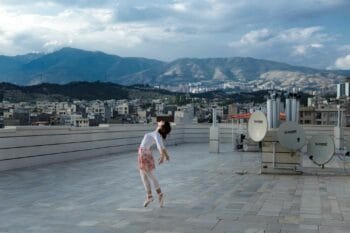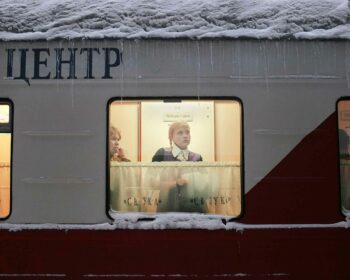Encyclopedia of Potential Truth. Elias Holzknecht’s thesis examines historical narratives and their construction.
Encyclopedia of Potential Truth” is about the world. About the skin of elephants, cave paintings, the hilly landscape of Helgoland, a bombed monastery in Italy, about the philosopher Ludwig Wittgenstein, the murder that ushered in the 21st century and the observational tools of quantum physics. Elias Holzknecht’s book project is a photographic exploration of history(s) and its narrative construction. It is an attempt to think in and with images, because with the medium of photography truth-producing processes are illuminated and reflected – historical as well as contemporary.
Elias Holzknecht (1993) grew up in Tyrol and currently lives in Graz, Austria. Since 2017 he has been studying “Photojournalism and Documentary Photography” in Hanover – in 2020/21 he spent two semesters abroad at the KASK in Ghent, Belgium. He is a founding member of the Fotograf:innen community “What’s left of Photography”.
